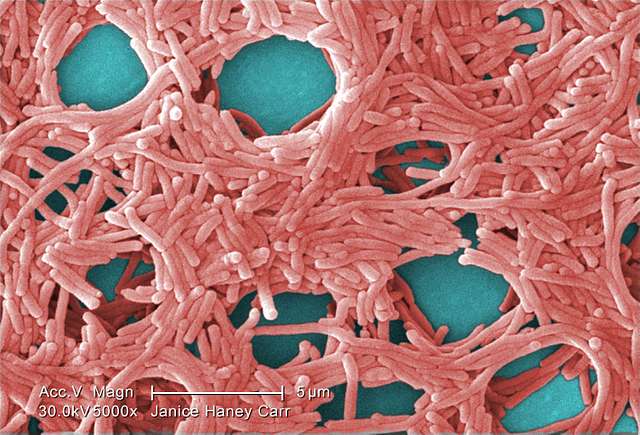Mia Love, the first Black Republican woman elected to Congress, died Sunday at her home in Saratoga Springs, Utah, surrounded by family. She was 49 years old. Love, who represented Utah’s 4th Congressional District from 2015 to 2019, had been diagnosed with glioblastoma, an aggressive form of brain cancer.
Her family announced her passing on social media Sunday night, stating: “With grateful hearts filled to overflowing for the profound influence of Mia on our lives, we want you to know that she passed away peacefully today.”
Earlier this month, Love’s daughter revealed that her mother’s brain tumor had progressed and stopped responding to treatment. “We have shifted our focus from treatment to enjoying our remaining time with her,” the daughter wrote on social media.
Understanding Glioblastoma
Glioblastoma, classified as a grade IV astrocytoma, is the most common and aggressive type of malignant brain tumor. It develops in the brain’s glial cells, specifically star-shaped cells called astrocytes that support and protect neurons.
What makes glioblastoma particularly deadly is its rapid growth rate and ability to infiltrate surrounding brain tissue, making complete surgical removal nearly impossible. The tumors often develop their own blood supply, which fuels their growth.
Dr. Michelle Monje, professor of pediatric neuro-oncology at Stanford Medicine, notes that progress in treating this cancer has been slow. “The last incremental step forward was a new chemo regimen in 2005,” she said.
The median survival for patients with glioblastoma is approximately 15 months after diagnosis, with most patients dying within two years. Over 12,000 Americans are diagnosed with glioblastoma annually.
Treatment Challenges
Dr. Matthias Holdhoff, associate professor of oncology at Johns Hopkins Medicine, explains that brain cancers present unique treatment challenges: “It’s hard to get cancer drugs into the brain, which is protected by a membrane called the blood-brain barrier.”
Similar Posts
The standard treatment for glioblastoma involves:
- Surgical resection to remove as much tumor as safely possible
- Radiation therapy using high-energy X-rays to kill remaining cancer cells
- Chemotherapy, typically with temozolomide
- In some cases, tumor treating fields (TTF) therapy
Immunotherapy approaches have also been attempted but face difficulties because glioblastoma creates what Holdhoff describes as an “immune-suppressive environment” around tumor cells.
Promising Research Directions
Despite these challenges, scientists report “enormous advances in understanding the disease,” according to Monje, thanks largely to research funded by the National Institutes of Health.
Monje’s lab discovered that mental activities like thinking caused glioblastomas to grow faster because these cancer cells “become part of the nervous system.” Her team showed that reducing communication between neurons and cancer cells made tumors grow more slowly in mice.
“That’s very hopeful,” Monje said, adding that existing brain drugs might potentially disrupt this process in humans.
Other promising approaches include:
- Modified immune cells called CAR T cells
- Nanomedicine that can slip through the blood-brain barrier
- Technologies like ultrasound that temporarily disrupt the blood-brain barrier
“Right now we have a plethora of novel approaches and clinical trials,” Holdhoff said. “We are highly motivated.”
Mia Love’s Legacy
Love made history in 2014 when she became the first Black Republican woman elected to Congress. Born to Haitian immigrants, she entered politics in 2003 as a city council member in Saratoga Springs, Utah, later becoming the city’s mayor before her congressional run.
In an op-ed published earlier this month in the Deseret News, Love reflected on her life and shared her hopes for America. She wrote that her parents immigrated with just $10 and a belief that hard work would lead to success.

“Some have forgotten the math of America — whenever you divide you diminish,” Love wrote, urging elected officials to “lead with compassion and communicate honestly with their constituents.”
Utah Governor Spencer Cox called Love a “true friend” and said her legacy of service inspired all who knew her.

















